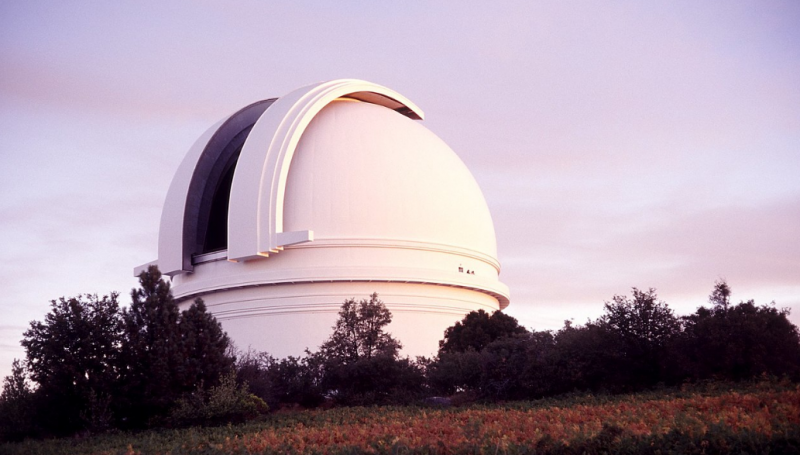
San Diego County: In a rare example of scientific collaboration with their US counterparts, Chinese researchers are building a state-of-the-art optical device that will be mounted on the Hale Telescope in California.
The telescope, which is still a major component of cutting-edge astronomy and is run by Caltech Optical Observatories and named after its creator George Ellery Hale, was the largest telescope in the world for more than 40 years.
The Palomar Mountain Telescope is credited with a long list of extraordinary discoveries, beginning in the 1960s with quasars, extremely bright, distant objects powered by supermassive black holes.
According to Tsai Chao-Wei of China's National Astronomical Observatories in Beijing, scientists are working on the next generation Palomar Spectrograph (NGPS) that will be installed on the telescope next year. This upgrade would make it "on par with some of the most powerful optical telescopes on the ground."
"My team and I have often used it to investigate the evolution of galaxies and black holes, and we want to use it to probe further back and less universes in the future."
According to Xu Suijian, who was instrumental in setting up the project, the NGPS is also one of the few institutional-level collaborations between the two countries that is taking place in basic science under the current political climate.
According to Xu, the spectrograph is an important component of an optical telescope because, like Isaac Newton's prism, it splits incoming light into its individual colors or wavebands so that it can be captured and analyzed later.
The fundamental characteristics of celestial bodies, such as age, distance and chemical composition, which cannot be determined through imaging, can be better understood by scientists with the aid of spectrographs.
They can study the structure and evolution of the universe by gathering this data from many stars and galaxies. According to Wu Xuebing of Peking University working on the project, the efficiency of a spectrograph is typically between 10 and 20 percent because most of the light is lost as it moves through the telescope.
According to Wu, the new spectrograph will increase the Hale telescope's efficiency rate from 20% of the current double spectrograph to its estimated 40% level.
It can see the range of light from the wave band of 380–900 nanometers to 310–1040 nanometers, which is greater than any spectrograph installed on existing medium or large telescopes.
According to Wu, this increase in optical efficiency increases the primary mirror diameter from 5.1 m (200 in) to 7.2 m.
The optics component of the spectrograph is being developed by the Chinese side, while the US side is in charge of areas such as detectors, electronics and software.
China now taking this lousy step to provoke India
Nancy Pelosi's visit to Taiwan raises concerns China might interfere with airspace.